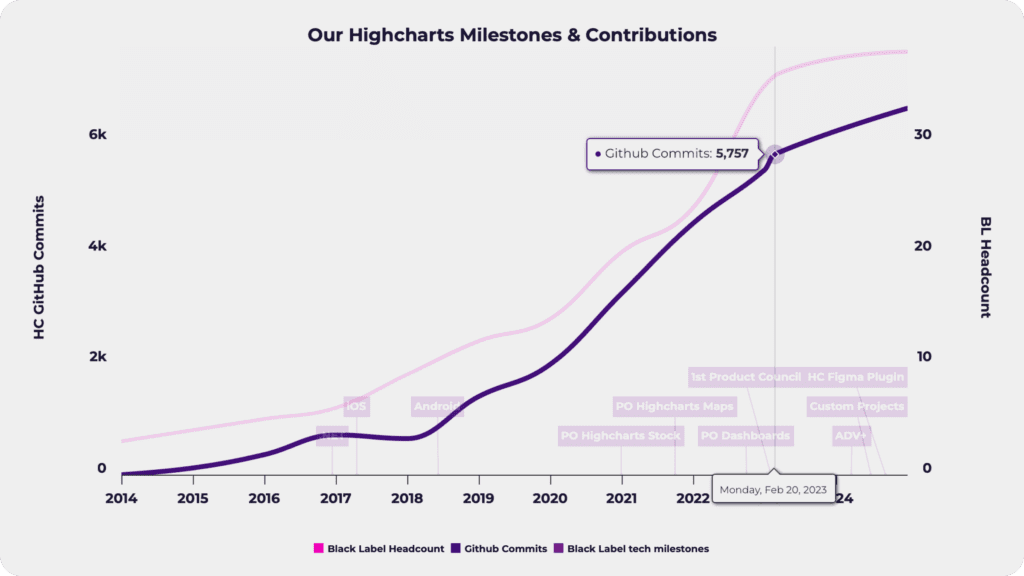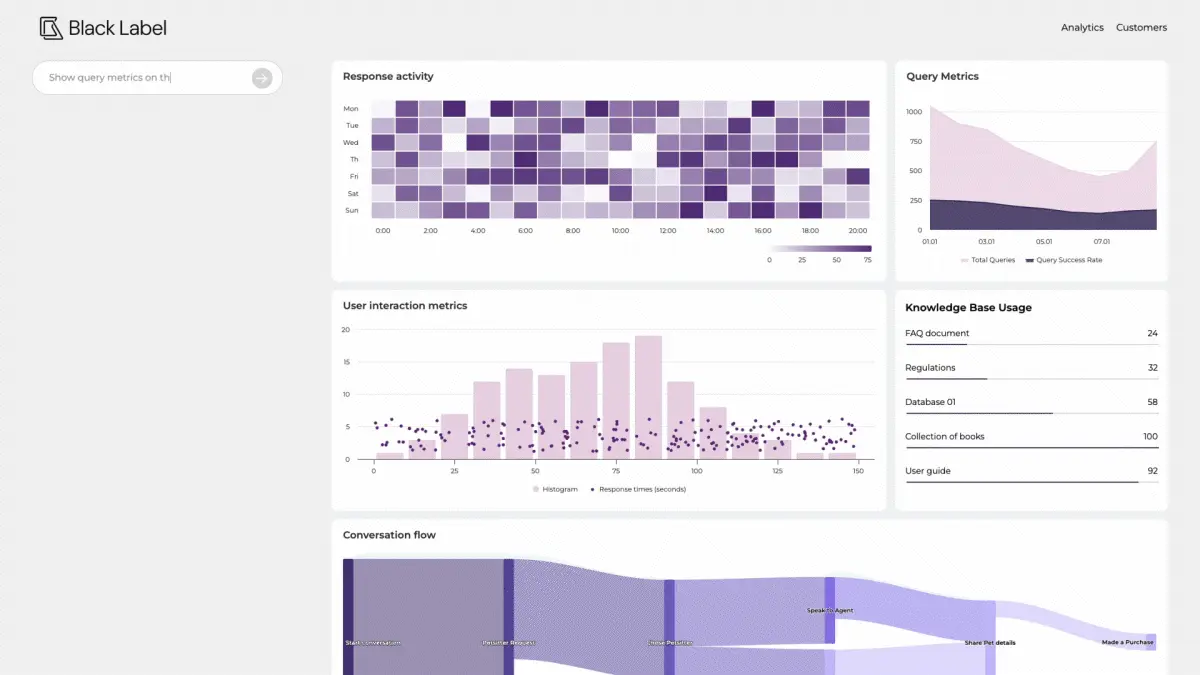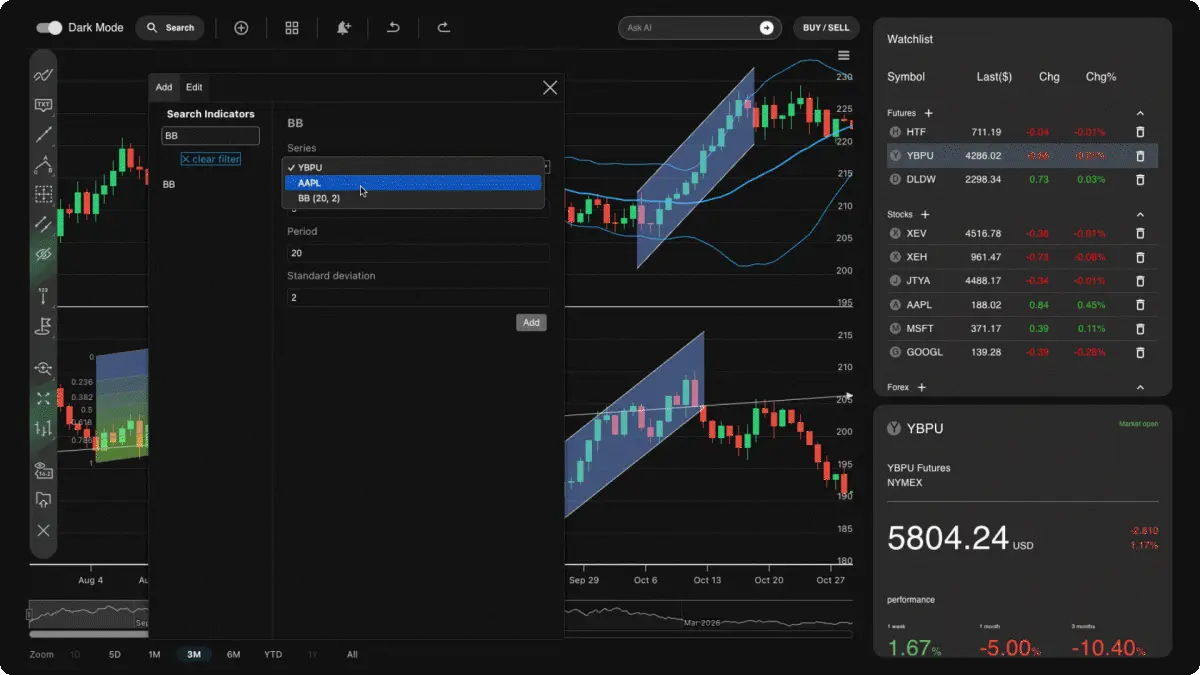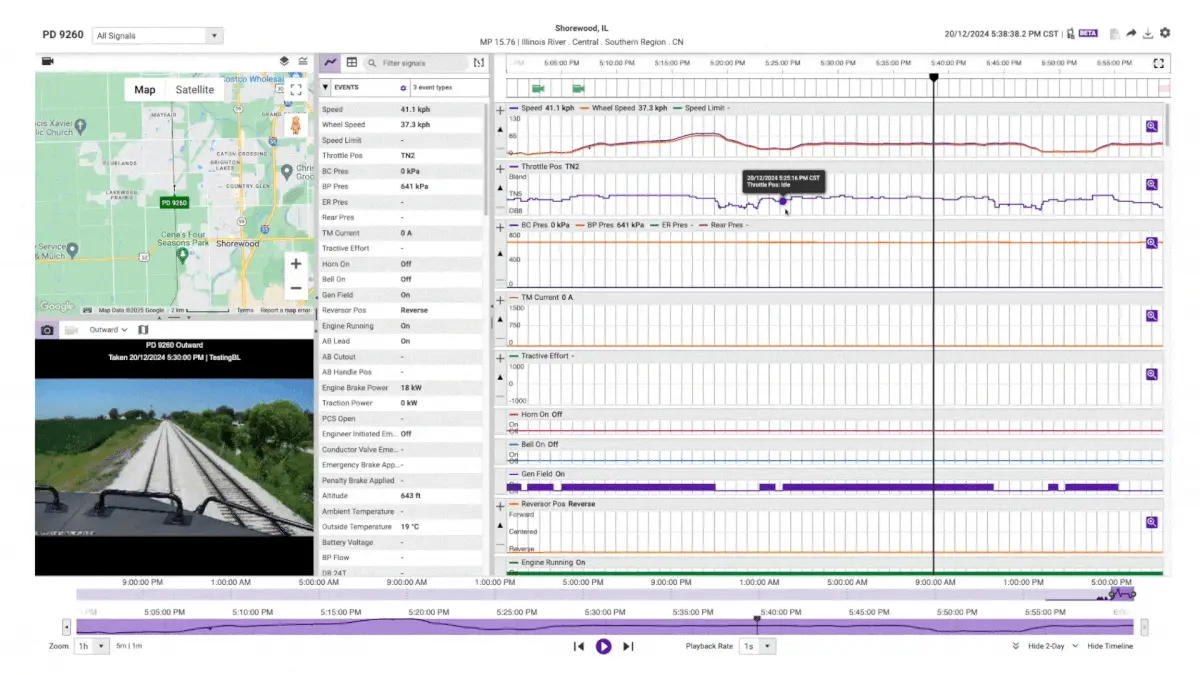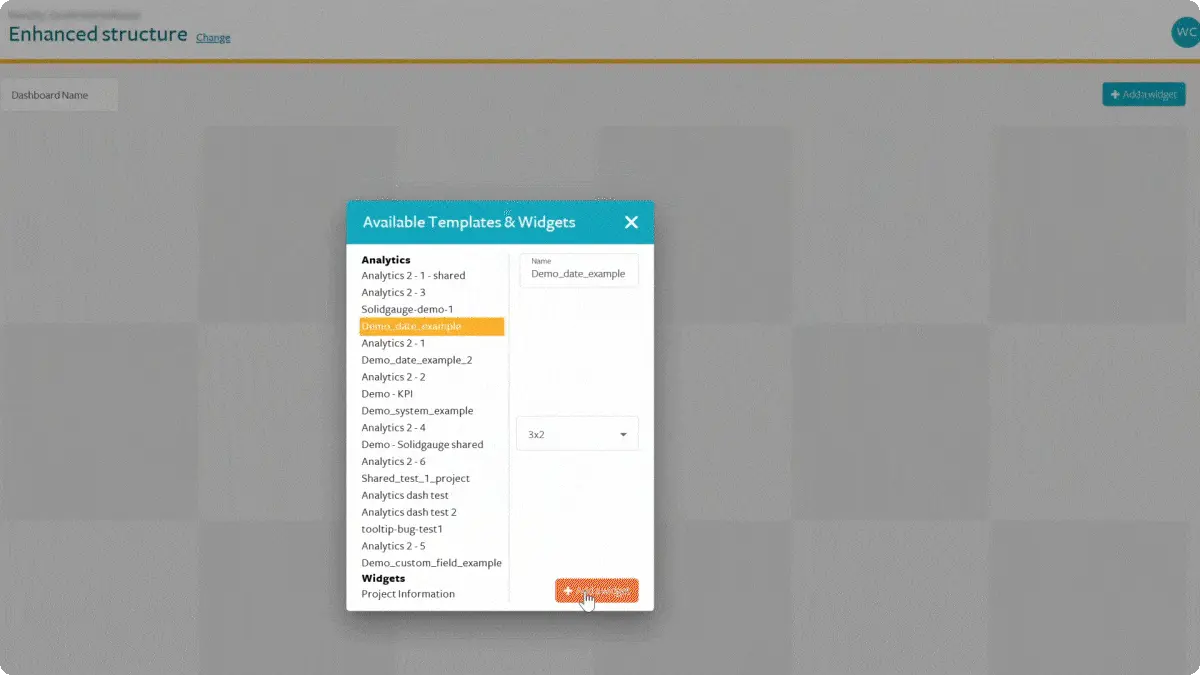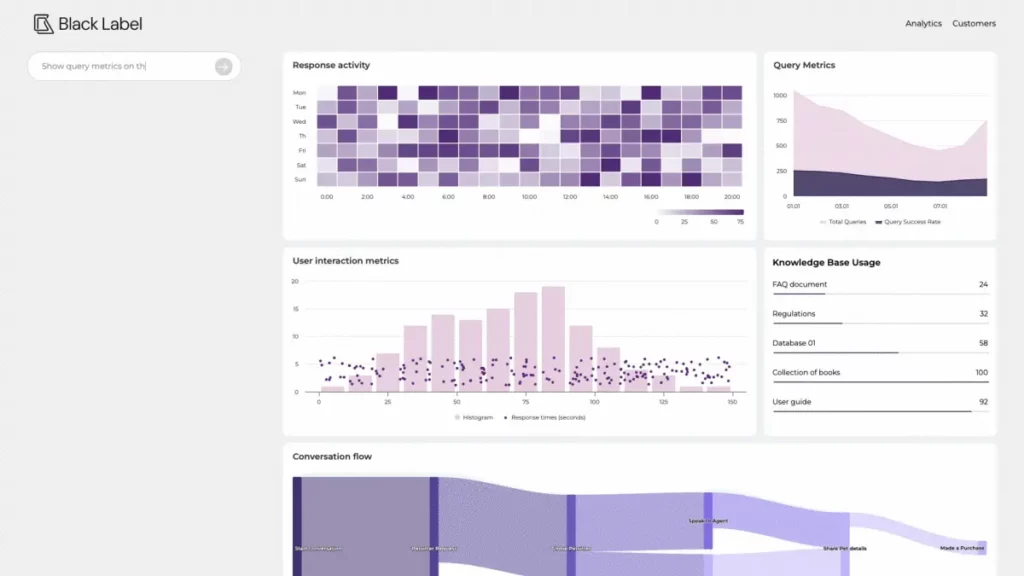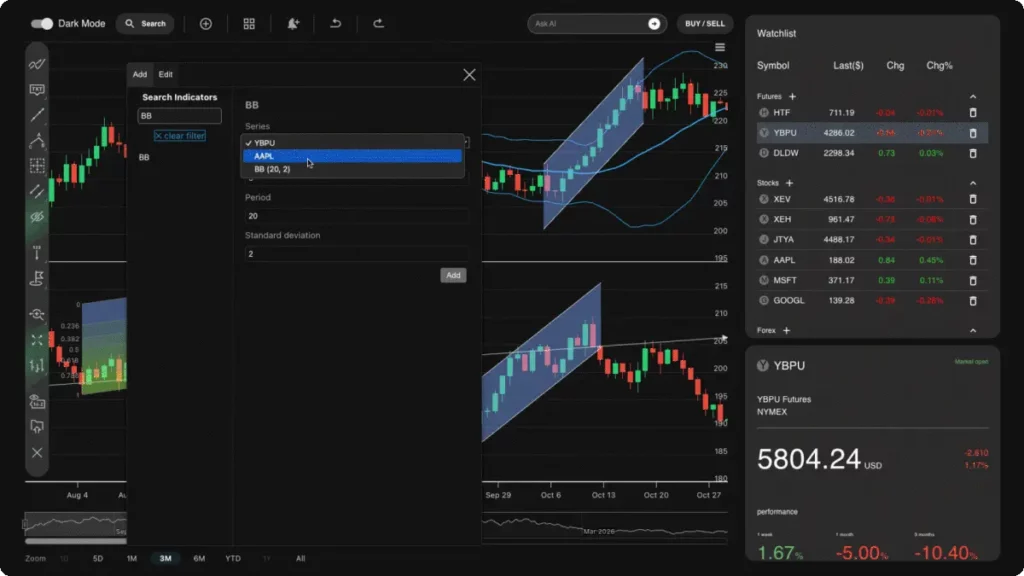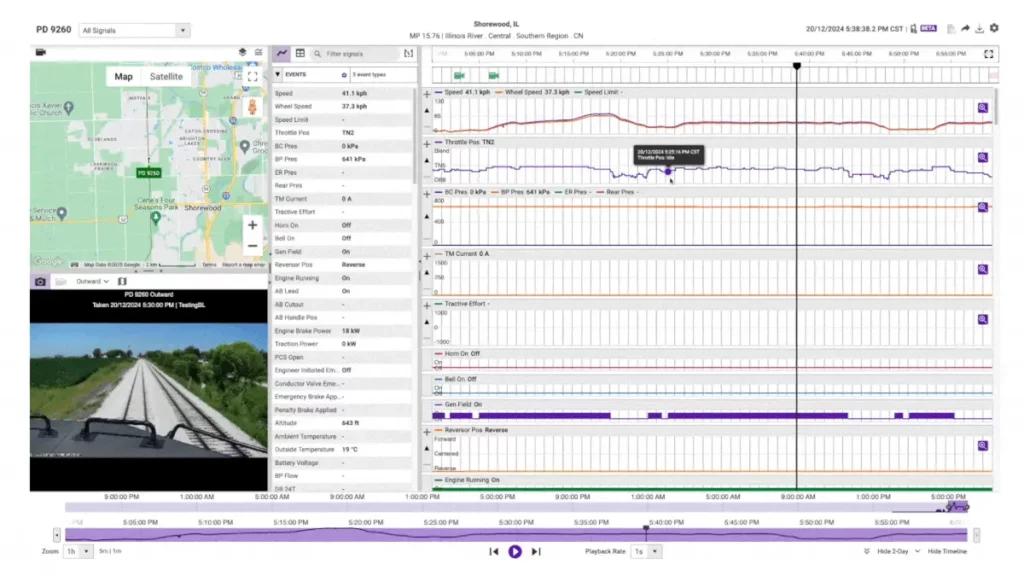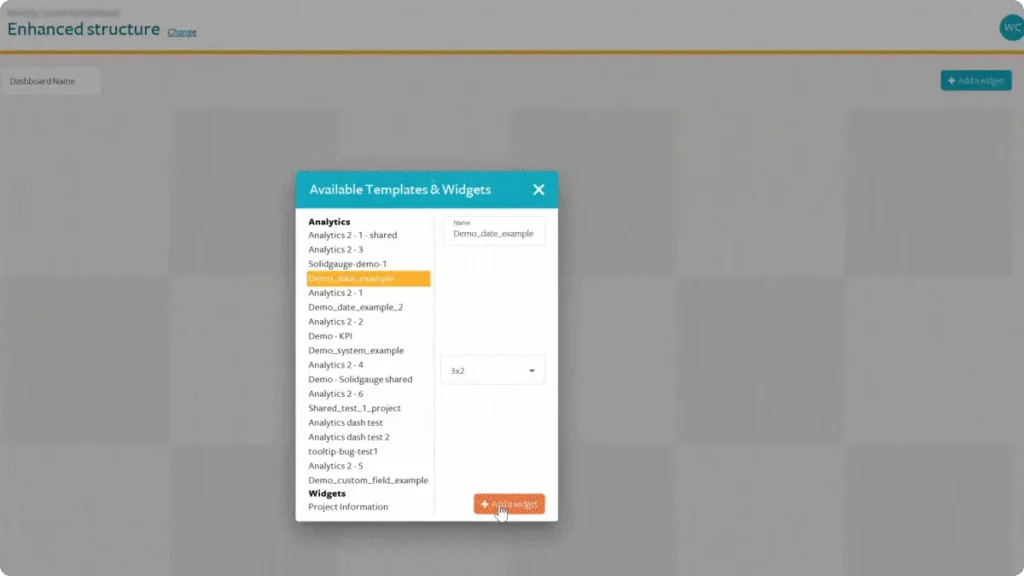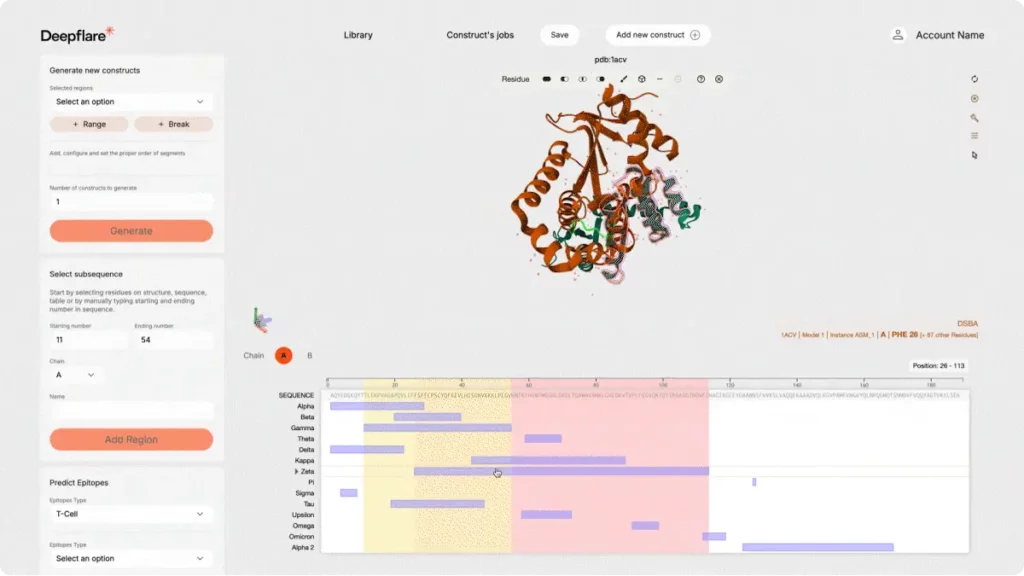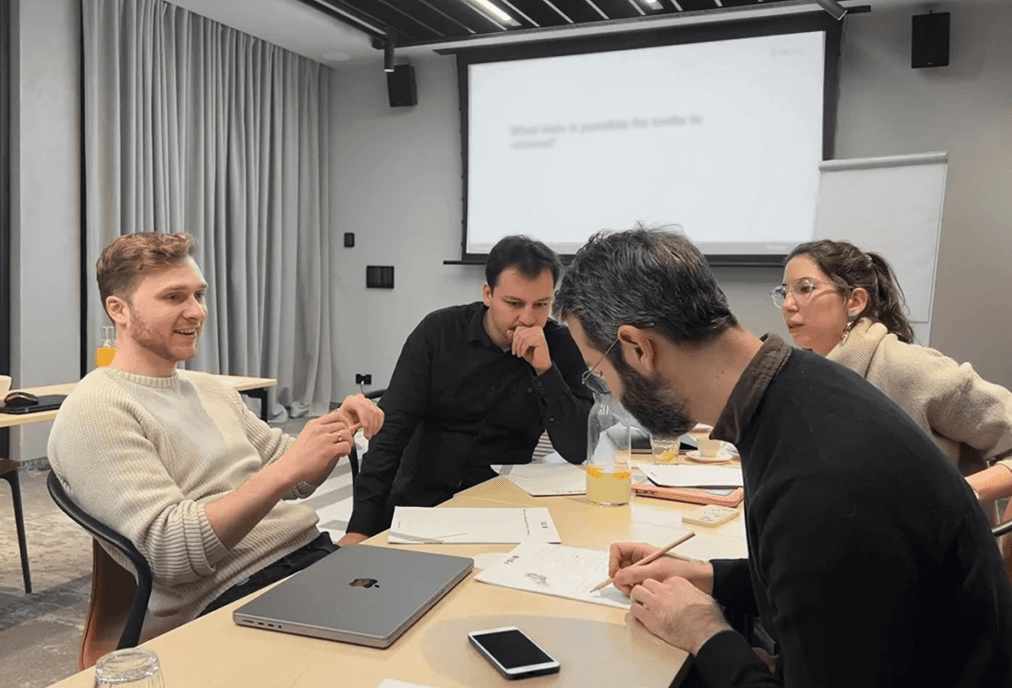By and large, specialized companies deliver much more value to their clients and partners. From the very beginning, Black Label has specialized in JavaScript and TypeScript development and its various frameworks: React, Angular and Vue.js. We’ve also been Highcharts specialists from early on, which is one of the most popular charting tools and data visualization libraries in the world.
There is no possibility to squeeze almost two decades of technological expertise into one paragraph – so we’ve listed the technologies, frameworks and tools we have been using on client projects over the last few months:
Front-end technologies:
Highcharts, JavaScript, TypeScript, React, Node.js, Vue.js, Next.js, RxJS, HTML5, CSS3, SCSS, jQuery, Three.js, Tailwind, Vuetify, NestJS, Bull, Redux, Redux-Saga, Auth0, GraphQL, Material UI, Leaflet, Webpack, Angular, Svelte, React Native, WebGPU, WebAPI, SVG
Back-end technologies:
Javascript & Typescript, Node.js, Express.js, Jest, Mocha, Bull, Auth0, Go, Rust, Docker, Firebase, GraphQL, MySQL, SQL, NoSQL, PostgreSQL, PgPromise, T-SQL, Kubernetes, MongoDB, PHP, REST, Redis, AWS, Azure, C#, Django, Java, C++, R
AI & Data Analysis:
LangChain, ChatGPT, Python, Prompt Engineering, OpenAI API, TensorFlow
Testing Tools:
Jest, Cypress, Karma, QUnit, React Testing Library, Selenium, Postman
